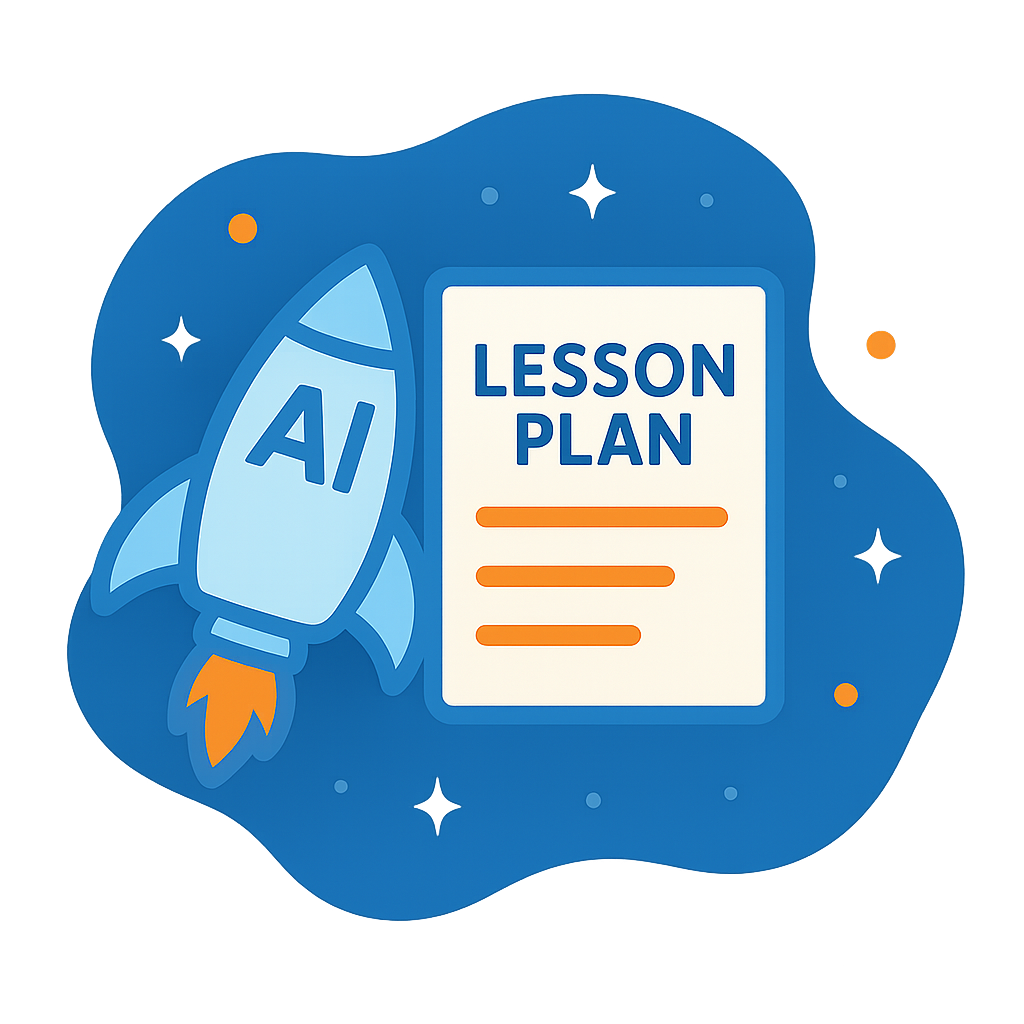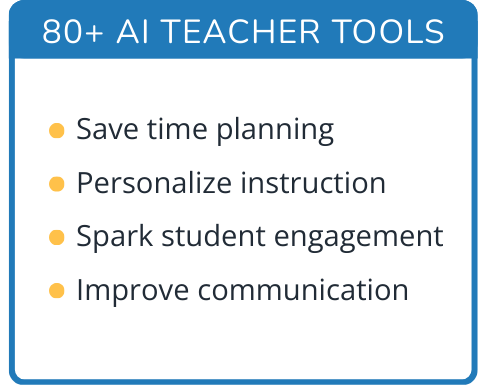Hi, what do you want to do?
EngageNY
Changing the Base
I can't calculate a base-2 logarithm since my calculator doesn't have a base-2 log key. Young mathematicians use the change of base formula to extend the properties of logarithms to all bases. Among these bases is the natural log base,...
EngageNY
Solving Exponential Equations
Use the resource to teach methods for solving exponential equations. Scholars solve exponential equations using logarithms in the twenty-fifth installment of a 35-part module. Equations of the form ab^(ct) = d and f(x) = g(x) are...
EngageNY
Percent Rate of Change
If mathematicians know the secret to compound interest, why aren't more of them rich? Young mathematicians explore compound interest with exponential functions in the twenty-seventh installment of a 35-part module. They calculate future...
EngageNY
Probability Distribution of a Discrete Random Variable
Learn how to analyze probability distributions. The sixth installment of a 21-part module teaches pupils to use probability distributions to determine the long-run behavior of a discrete random variable. They create graphs of probability...
EngageNY
Fair Games
What constitutes a fair game? Scholars learn about fair games and analyze some to see if they are fair. They extend this idea to warranties and other contexts.
Teach Engineering
Bone Mineral Density Math and Beer's Law
Hop into a resource on Beer's Law. A PowerPoint presentation introduces Beer's law as part of calculating bone density from X-ray images in the sixth lesson in the series of seven. Individuals work on practice problems with this law and...
Houghton Mifflin Harcourt
Leveled Problem Solving: Angles
This splendid assignment gets future engineers to compute complementary or supplementary angles in real-life applications! Once they have mastered the art of additive angles, they can apply their knowledge to help Steve, Inez, Carlotta,...
Curated OER
Transformations - Rotations in the Coordinate Plane
In this geometry instructional activity, math scholars brainstorm examples of rotations. Using the SMARTboard, students observe a rotation. They create their own rotation using graph paper. Finally, pupils complete a worksheet and...
Math in English
Number Patterns
Build the pattern recognition skills of young mathematicians with this simple skills practice worksheet. Given nine different sequences of two-digit numbers, children must identify the pattern and determine the next three numbers in...
Math 4 Children
Perimeter and Area
Find the perimeter and area of different shapes with a helpful worksheet. After kids observe the measurements of each side, they find both the perimeter and area, and write it down on a line for the answer.
PBS
Working with Common Denominators: Assessments
Now that the practice is over, see if young mathematicians can utilize their new skills on finding common denominators and adding fractions. The assessment contains one map challenge and follows with skills practice.
Bowland
Highway Link Design
Discover a renewed appreciation for the highway transportation department. with a lesson that has scholars design a highway route that meets certain conditions, including traffic flow, curves, speed limits, financial costs, and...
Bowland
Olympic Cycling
Teach teenagers to think critically about data. Young data analysts must create two questions that can be answered using a provided data set on Olympic cycling times. Of course, they then have to answer their questions using mathematics.
Curated OER
Grammar Practice: Choosing Between Fewer and Less
When should you use "fewer" instead of "less?" Reinforce this grammatical nuance in your class with this handy reference sheet. A short explanation guides students through the process of choosing one word over the other, and a series of...
Utah Education Network (UEN)
Percent, Division with Fractions, and Measurement Conversion
The resource will be 100 percent beneficial. The third of seven installments in 6th Grade Math starts with lessons on percent and percent problems. Pupils also learn how to divide fractions and apply ratio reasoning to convert units,...
Utah Education Network (UEN)
Statistics
Find the value in analyzing data values. Statistics is the focus in the fifth of seven installments of the 6th Grade Math series. Individuals learn to examine dot plots, histograms, and box plots by considering the shape, mean, median,...
Neufeld Learning Systems
Concept: Multiplying Integers
A three-page handout provides reinforcement of the rules of multiplying positive and negative integers, as well as practice solving this type of problem. Most useful is the chart early in the assignment where learners fill in a column...
PBS
Stories of Painkiller Addiction: Myth or Fact
Are opioids the most abused drug after marijuana? How hard is it for young people to obtain painkillers without a prescription? Middle and high schoolers explore the growing epidemic of opioid addiction with a lesson that prompts them to...
Lane Community College
Review Sheets: Beginning Algebra
This jumbo worksheet contains everything you need to get through Pre-Algebra. Begin with simple expressions, and end with linear functions and polygons. There are multiple problems for each topic to make sure those skills are set.
New Zealand Ministry of Education
Fraction Bar
Computing class members encounter use a digital learning tool called The Fraction Bar to multiply fractions with whole numbers. They do so by finding a given fraction of a number either on a number line or by calculating the answer with...
Helping with Math
Subtraction: 4-digit numbers
Twenty four subtraction problems are displayed on this printable learning exercise. All of the problems involve taking a four-digit number away from a greater four-digit number. Regrouping is required in some cases. This nifty homework...
Family Education Network, Inc.
Division Practice Sheets: Grade 4
Expand on young mathematicians' prior knowledge of multiplication with this series of worksheets introducing the concept of division. Covering a wide range of topics from basic fact families and single-digit...
BW Walch
Solving Exponential Equations
Introducing exponential equations means learners need to take all the rules and tricks they learned for exponents and actually apply them. This presentation comes to the rescue by touching on changing bases in exponential...
Super Teacher Worksheets
Improper Fractions & Mixed Numbers
Young mathematicians demonstrate their understanding of part-whole relationships in a fraction skills worksheet. Presented with a series of mixed numbers and improper fractions, learners must correctly convert each of them into...




























